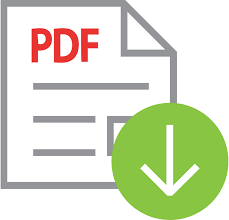Analisis Literasi Ekonomi Digital dalam Upaya Menurunkan Tingkat Kemiskinan di Indonesia
 ),
), (1) Universitas Pembangunan Panca Budi
(2) Universitas Pembangunan Panca Budi
 Corresponding Author
Corresponding Author
DOI : https://doi.org/10.24036/ecosains.12847657.00
Full Text:
 Language : en
Language : en
Abstract
Poverty often serves as an indicator of a country or region's developmental progress. The digital economy is seen as a means to enhance economic self-reliance and national resilience, thereby boosting national competitiveness and fostering economic growth to alleviate poverty. Utilizing time series data from 2008 to 2022 and employing a simultaneous Two-Stage Least Square (TSLS) approach, research findings reveal a bidirectional relationship between poverty and economic growth. The study demonstrates that the E-money variable significantly influences economic growth and, conversely, has a significant impact on poverty rates. This underscores the significance of economic policies aimed at fostering economic growth to combat poverty.
 Article Metrics
Article Metrics
 Abstract Views : 208 times
Abstract Views : 208 times
 PDF Downloaded : 129 times
PDF Downloaded : 129 times
Refbacks
- There are currently no refbacks.


 APSEPI
APSEPI